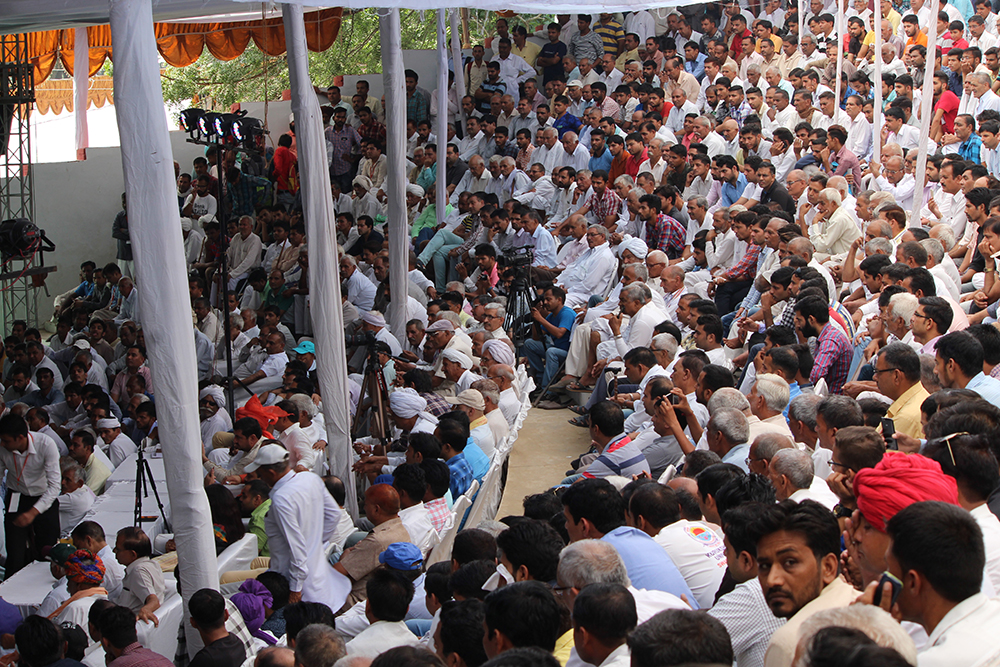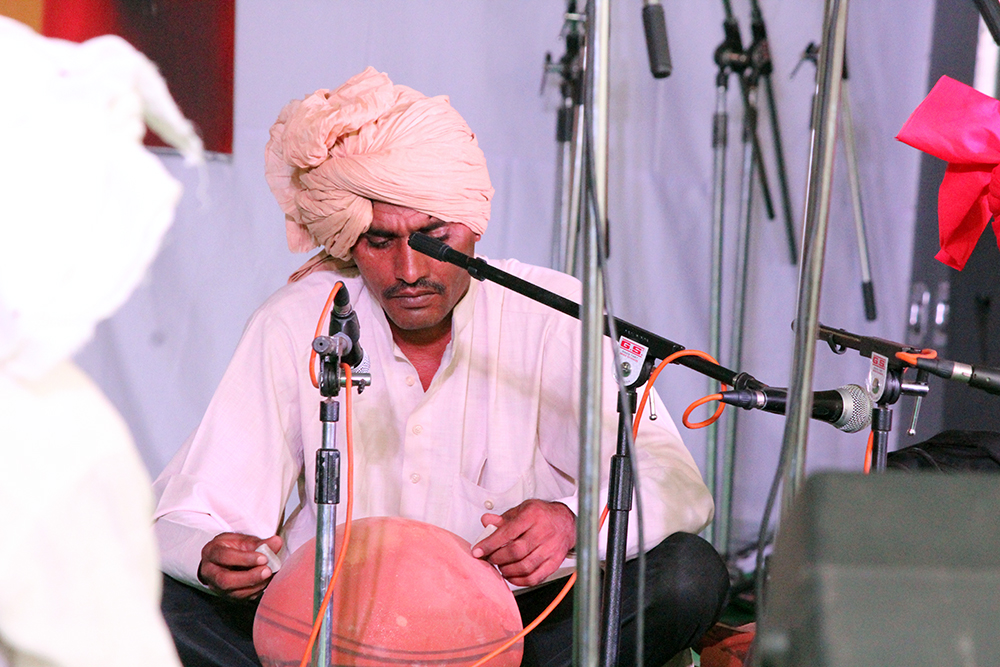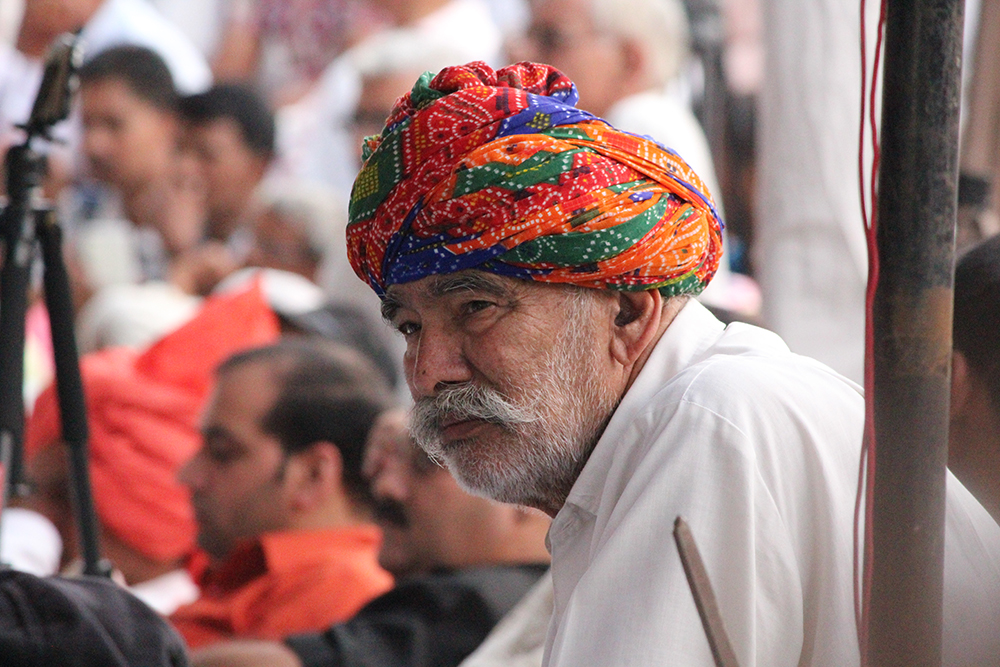Anuradha Mangatram




Grant Period: Over one year and six months
Anuradha’s entry to this project is as an actor and a woman – someone like every woman in Haryana, who has been subjected to the regressive social norms of the deeply patriarchal society. This grant will enable her to look at the progressive transformation of Raagni that has happened over the past forty years and the role played by women and the Dalit community in its transformation. Both in terms of its content and performativity, Anuradha will trace this history of change within the dynamic social and cultural landscape of Haryana focusing on the various movements and processes that aided and influenced this phenomenon.
While there is a perception of backwardness attributed to Haryana when it comes to the representation of the region on the cultural map of India, quite contrary to this picture, Haryana has a rich heritage of art forms and cultural practices. However, due to the dominance of upper caste, patriarchal systems and deep feudalism which Khap Panchayats of the region propagate for their dominance, woman and Dalit communities are marginalised and suppressed from participating in these cultural processes. Also, most of the research done on folk arts of Haryana revolves around Saang, a traditional folk art form comprising singing, music, dance and ballad. Raagni, an equally rich tradition of song and dance, remains ignored. Through this project Anuradha aims to bring forth the hitherto unexplored domain of Raagni and the ruptures it underwent especially in the aftermath of Emergency when the wave of the Progressive Movement began to extend itself to the vernacular and folk culture in Haryana. A new social transformation took place and people from socially marginalised classes began to voice their concerns through writing and performing Raagni. The major change that happened during this time was that Dalits and women Raagni singers and writers came out in large numbers and expressed their sentiments and ideas. This phase was short-lived, plunged into the hype of populism and did not manage to pave way for a large scale movement of resistance in the form of Raagni. However, it did provide a framework for the writers and performers to think critically about the socio-political conditions they lived in. Due to the movement’s immediate collapse there was no attempt to revisit it from the point of view of documenting it or bringing it into a discourse.
Anuradhaa aims to look at Raagni and its representation over the past forty years to see how the progressive movement provided a framework of criticality for writers and performers of this art form that continue to this day. She will look at the impact of dominant social structures of Haryana on the lives of the writers and performers and study the negligible role of women participants of this art form viewed from within the gender studies discourse. She will also look at the structures that have forbidden women from active participation in writing and performing Raagni and if there were Raagnis written to challenge this absence. In particular, she will explore the socio-cultural and political circumstances that played crucial roles in shaping up a new paradigm of thinking, writing and performing, and explore the response of society to it. A nuanced understanding of the ways in which the participation of women and Dalits were appropriated by the market, and the role that played in the acceptance of theses marginalised voices in Raagni as opposed to the traditional ones will be explored as well. Raagni’s transition with the advent of TV and cassette culture in the 1990s, from a site-specific art form to a more accessible medium of entertainment, as well as the politicisation and the commodification that followed, will also be investigated.
The researcher will opt for an interdisciplinary methodology maneuvering her way through gender, performance, subaltern and cultural studies in order to explore and analyse the Raagni in its totality. She will interview performers and writers who have witnessed the changes that have occurred in the art form since 1975. Both traditional and progressive Raagni practitioners will be consulted to understand their views and the social perceptions that surround them. An attempt would be made to study how caste and gender operates within and outside the performance space of the Raagni.
This grant was made possible with support from the Sir Ratan Tata Trust (SRTT).
